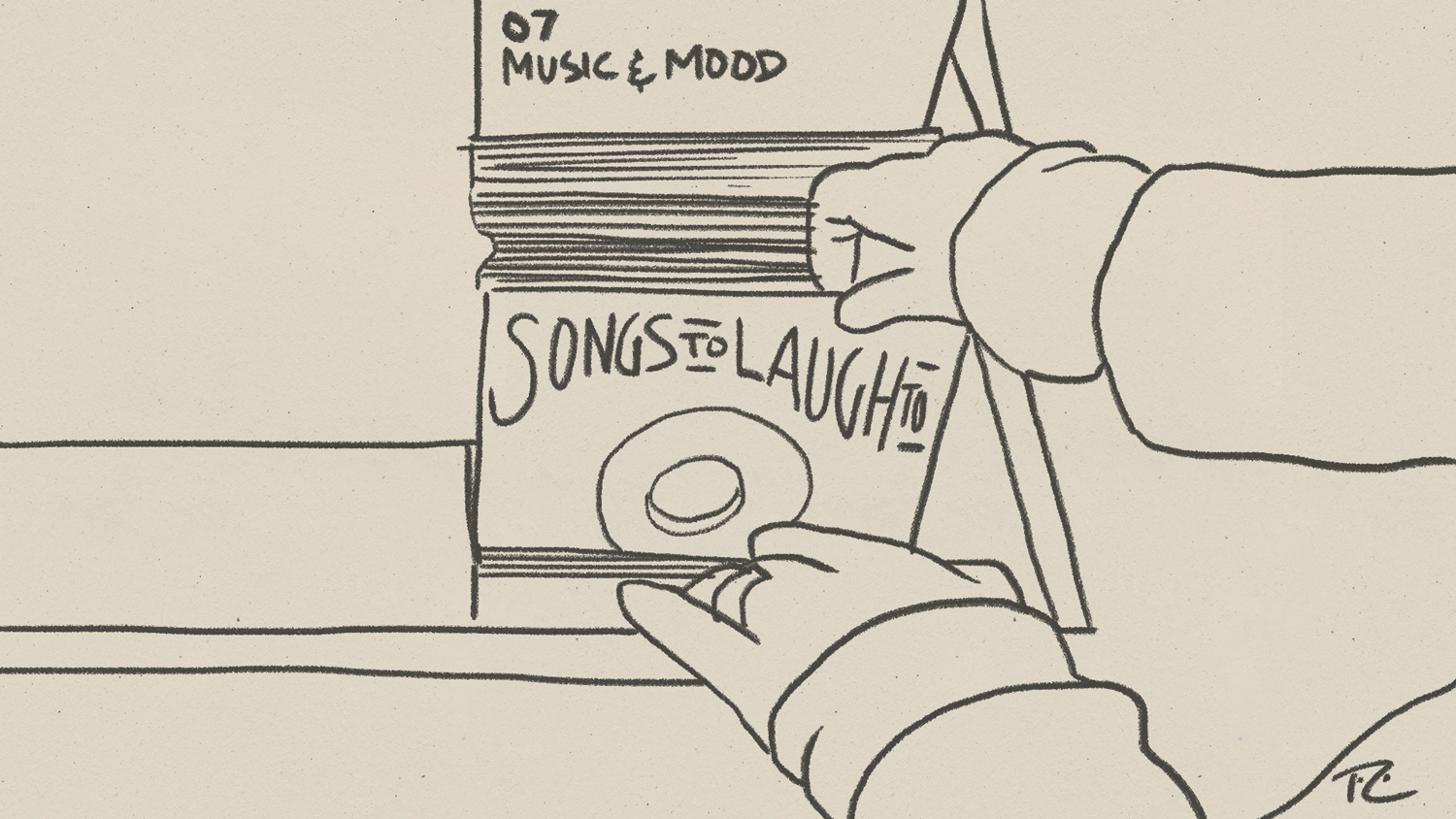As the world changed around me, I had music to get me through it
Listening to music is a crucial part of my life. Before the pandemic, my headphones were on before I was out of the door. I would hit play on my music soon after. I would lip-sync throughout the entire length of my commute, and sometimes I would get odd looks, but I felt happy and that was all that mattered.
However, as much as music was there every day, I started to lose that deep connection with it. Music just became the typical part of my life, and it still impacted my moods, but I no longer felt inspired by music anymore. Songs like Billie Eilish’s “bad guy” and Kesha’s “Praying” were no longer special to me — I was just a product of the repeat and shuffle buttons.
March 2020 was the start of two incredible new chapters in my life. On March 12, I found out I was pregnant. On March 13, strict COVID-19 measures were put in place — and nothing has been the same since. So within two days, I got amazing news and some of the scariest news of my life to date.
For the first month after hearing about the pandemic, I didn’t bother listening to music at all. I took away a source of pleasure and entertainment because I didn’t think I deserved to have anything enjoyable. My life was consumed by the news. I would hear the introduction music for Global News Morning, and my days turned to dread really quickly. That sound meant non-stop COVID-19 news, and it would send me into a spiral of fear.
There was one day in late April where my husband and I decided to limit our news intake and take a break from the information. That’s when I decided to listen to music again; because if I was going to feel a whirlwind of emotions, I would rather it be because of music.
My first idea was to search music from the early 2000s, because it was music that was so far removed from the pandemic. Songs like “Sorry, Blame It On Me” by Akon and “Beautiful Soul” by Jesse McCartney made me feel nostalgic. I was able to sing them from start to finish with no missed lyrics, and I felt accomplished. During a time where I was still suffering from morning sickness and not being able to leave my apartment, something as simple as singing a song made me feel amazing.
While the pandemic had me feeling down, I didn’t want to limit my intake of sad music. Sometimes I just needed a good cry and music was a safe way to do that. I listened to “Take Me Home, Country Roads” because it was sung in a death scene in an otherwise silly action movie that struck me. The reason I wanted to do this was because I wanted to be in control of my sadness, even if it was just for a few minutes.
Playing a music guessing game was something my husband and I decided to bring back to our games list, but this time around, we had had a lot more fun with it. We would each pick a pre-made playlist on Spotify and have the other person guess what song was playing. He and I are both competitive people, so games like these are fun for us. By reintroducing this game into our lives, we got to disconnect from all the ugliness the pandemic had caused. We started to play it more often because we had nothing else to do, but we also got to bond more. We decided to pick more obscure lists like wrestling entry music. Getting to experience the snippets of music, most of which ended up being unfamiliar, allowed me to feel happily frustrated when I didn’t know the answer.
Since I had a lot of time, I would sometimes put music channels on our TV, and through that, I got to experience everything from happiness to disbelief. I found a lot of new music through those channels, like Ashe. Some of the best songs I have heard from her are “Moral of the Story,” “Save Myself” and “Shitty Places, Pretty Faces.” Her music speaks to me on such a profound level.
I felt confused sometimes when I heard some new music that I found to be awful. Whether the discoveries made me feel positive or negative, I felt fortunate to be able to rebuild my relationship with music.
Now that my son is here, and nearly a year since the lockdown started, music has become even more important to me. Music is now my source of energy and calm. I listen to a lot of baby songs now because I use that to bond with my son, though he seems to be more interested in the music I like instead, which makes me smile. Music has also become a teaching tool, and as someone who loves to teach, it enhances my overall relationship with music and with my son.
As cliché as it sounds, music has become my escape from the hardships of the pandemic. I have had the chance to redefine my relationship with music in a way that I didn’t think would happen. I realized that I was taking my love of music for granted, and now I no longer do that.
Graphic by Taylor Reddam
